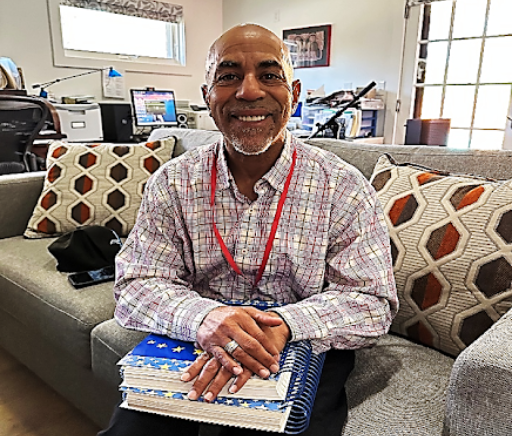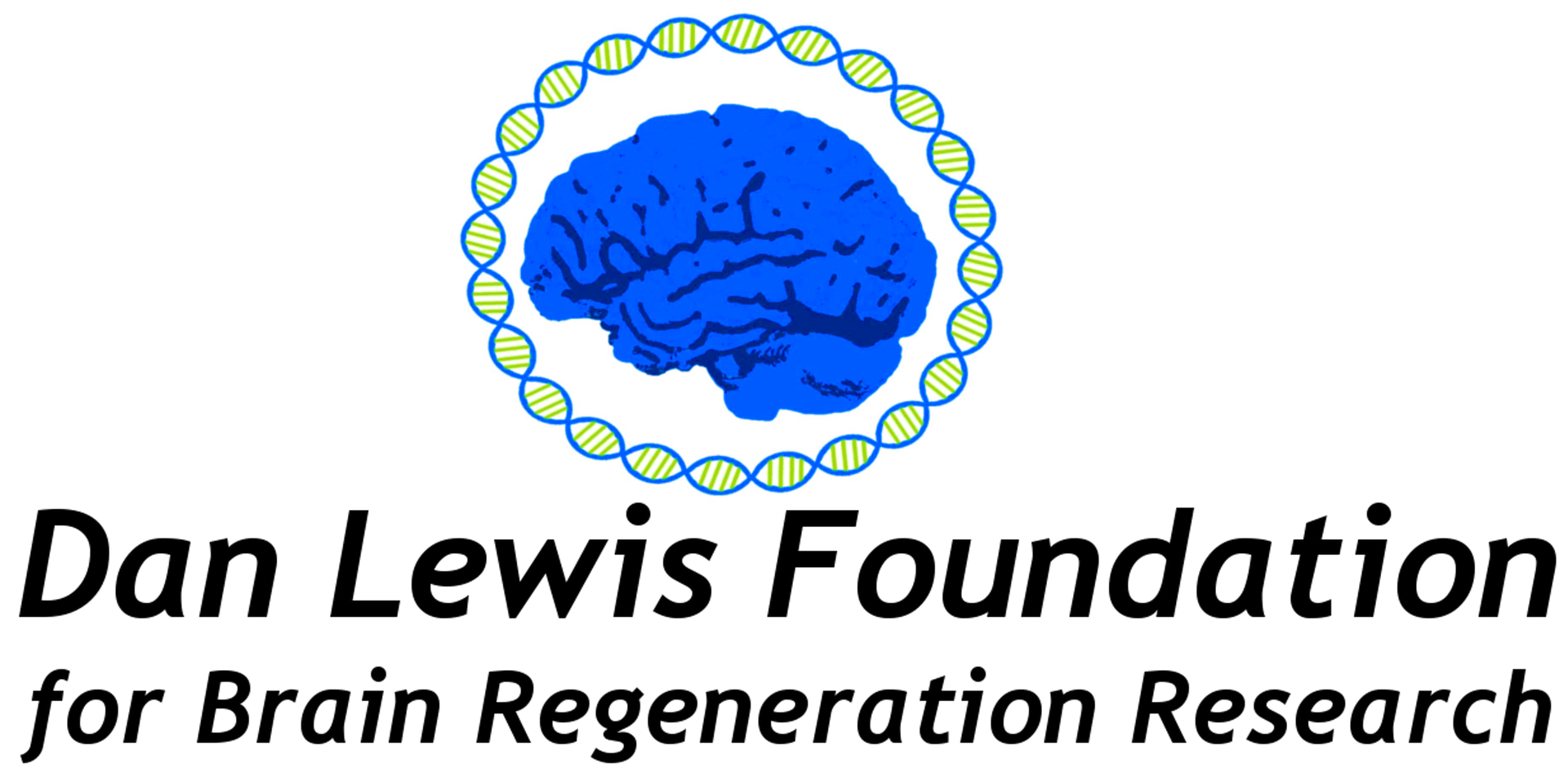12:00-1:45 EDT
Present: Sudhir Agrawal, Mark Bear, Graham Dempsey, Alan Kopin, Hal Lewis, David Margulies, Stephen Strittmatter
Unable to attend: Kevin Eggan, David Meaney
1. H.L. presented a few DLF updates--
· Two PowerPoint presentations have been developed--one for less scientifically oriented audience (“layman’s version”) and one for scientifically versed audience.
· The BOD which met last Saturday (2/13) provided extensive feedback regarding the “layman’s version” with emphasis on making the presentation simpler, clearer, and shorter…thus, more impactful. Revisions now underway based on such feedback.
· We are seeking input from SAB members re: the “scientific version” and will revise as needed per feedback received.
· Eleanor Perfetto, Ph.D. (pharmacology) who has leadership roles in advocacy groups (in both TBI and Individualized Medicine) will be joining BOD in a few months.
· We are open to adding members to the BOD and are interested in suggestions re: persons to invite. Suggestion made to seek BOD members connected to large advocacy organizations and to persons who are connected to significant funding sources.
· The BOD discussed the nature of our RFP. Michael Crair suggested using the NIH RFP/Application format because it would be familiar to both applicants and to scoring panels.
2. D.M. introduced the topic of clarifying the nature and scope of the foundation’s research priorities in order to provide focused strategies for fundraising and planful, targeted use of such funds.
· S.A suggested consideration of a 3 stage model in which Stage 1 centers on discovery, Stage 2 centers on translational research, and Stage 3 centers on drug development. S.A. suggested that the DLF could allocate 1/3 of its funds to each of these stages initially and reconsider altering the apportionment as the research evolves
· S.S suggested that open ended discovery might be prohibitively expensive given the relatively modest size of DLF
· G.D. raised the question of identifying the most promising drugs currently in the pipeline
· A.K. similarly asked what are the most promising compounds that could be launched if there was a critical mass of interest, focus, and research effort
· M.B. cited the development of FraXa. Early on FraXa brought together a relatively small group of scientists who learned from each other and formed strong connections. This led to a great deal of momentum and progress in treatments for Fragile X syndrome.
· D.M suggested that one parameter that we likely are in consensus is a focus on the chronic rather than the acute phase of TBI recovery. S.S. strongly agreed with this saying that in his view that focus on the chronic phase is much needed and presents great opportunities.
· S.A. raised the example of research progress in treatment of Cystic Fibrosis. The pathway of discovery, to translational, to drug development has been quite successful and supported all along the way by strong advocacy efforts.
· A.K. asked what specific deficits characterize Dan’s post-TBI status. H.L. cited Initiation, Motor Planning, and Cortical Visual Impairment as three prominent deficit areas. A.K. noted the diversity, in terms of deficit area, among the TBI population and wondered whether it might be advantageous to focus fundraising, research, and advocacy on a subset of TBI survivors.
· Several members suggested using funds to “recruit” post-docs and early career faculty into research work in area of brain and CNS regeneration.
· A.K. raised topic of robotics and electrical stimulation devices or implantations that may lead meaningful functional changes in lives of people with TBI or other neuromuscular disorders.
3. Conferences
· M.B. spoke of early days of FraXa and the strong connections that developed among central research figures. He raised possibility of convening 20 or so leaders/P.I.’s in the field over an extended period of time (3 or 4 times within a year?) to create a map for the way forward and an engine to propel progress. This group would include advanced investigators but not include post-docs or graduate students.
· There was also discussion of a larger conference on TBI recovery that would focus on CNS recovery and brain regeneration in particular. A title suggested “Promoting Recovery from Chronic Neurological Damage”.
4. Funding issues (both for conferences and research)
· For conferences, outreach to pharma to seek funds is probably appropriate and ethical
· For major funding (to use to fund research projects) the following sources were brought up:
- Veteran’s Administration
- National Football League
- Automobile Companies
- Large financial institutions
- Other foundations with large endowments that might see value in our collaboration
- National brain injury advocacy and information organizations
- Individual/family benefactors
H.L and D.M. asked participants to forward to them any leads/contacts in any of the above categories.
Meeting was adjourned at 1:45.


